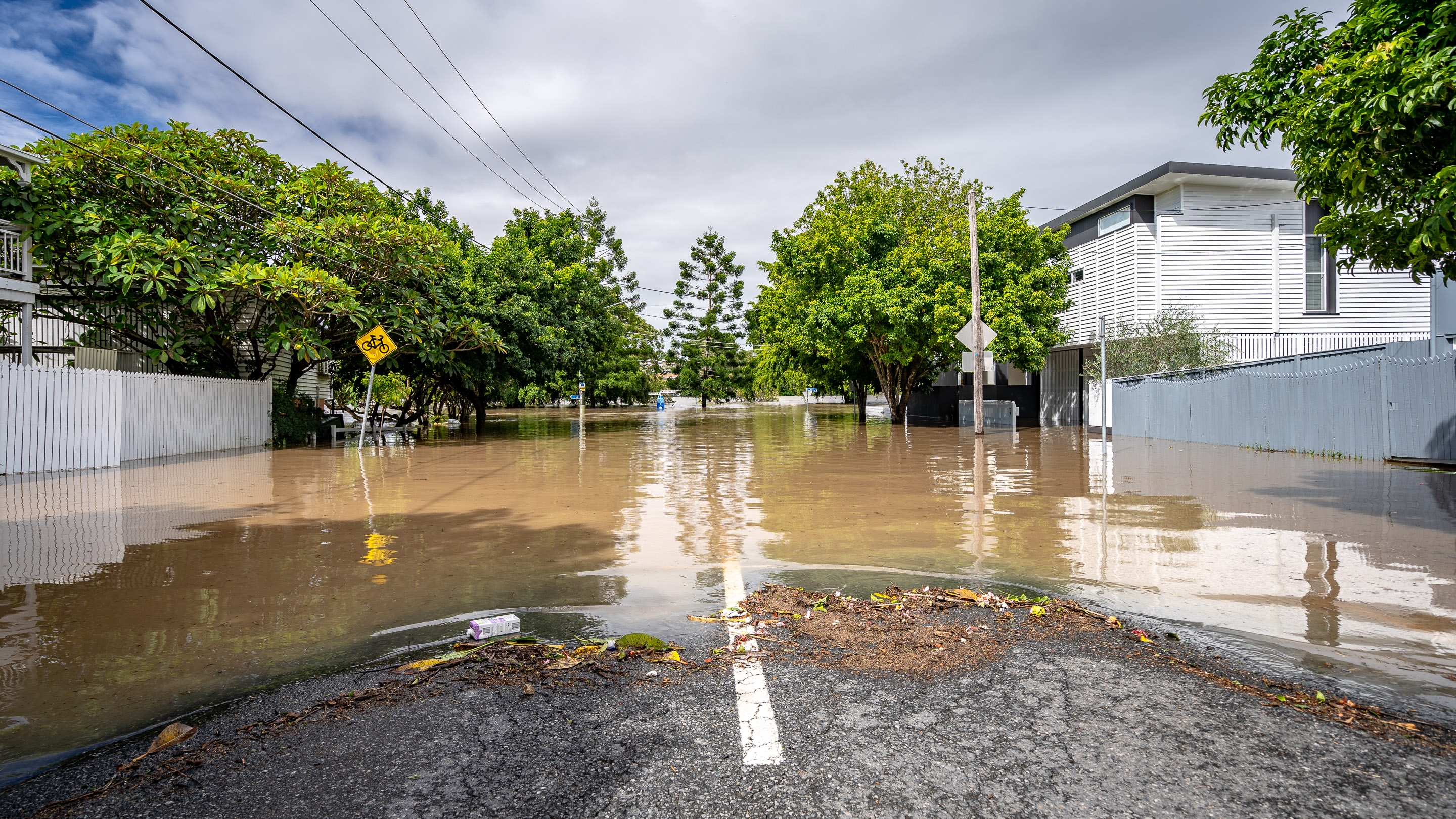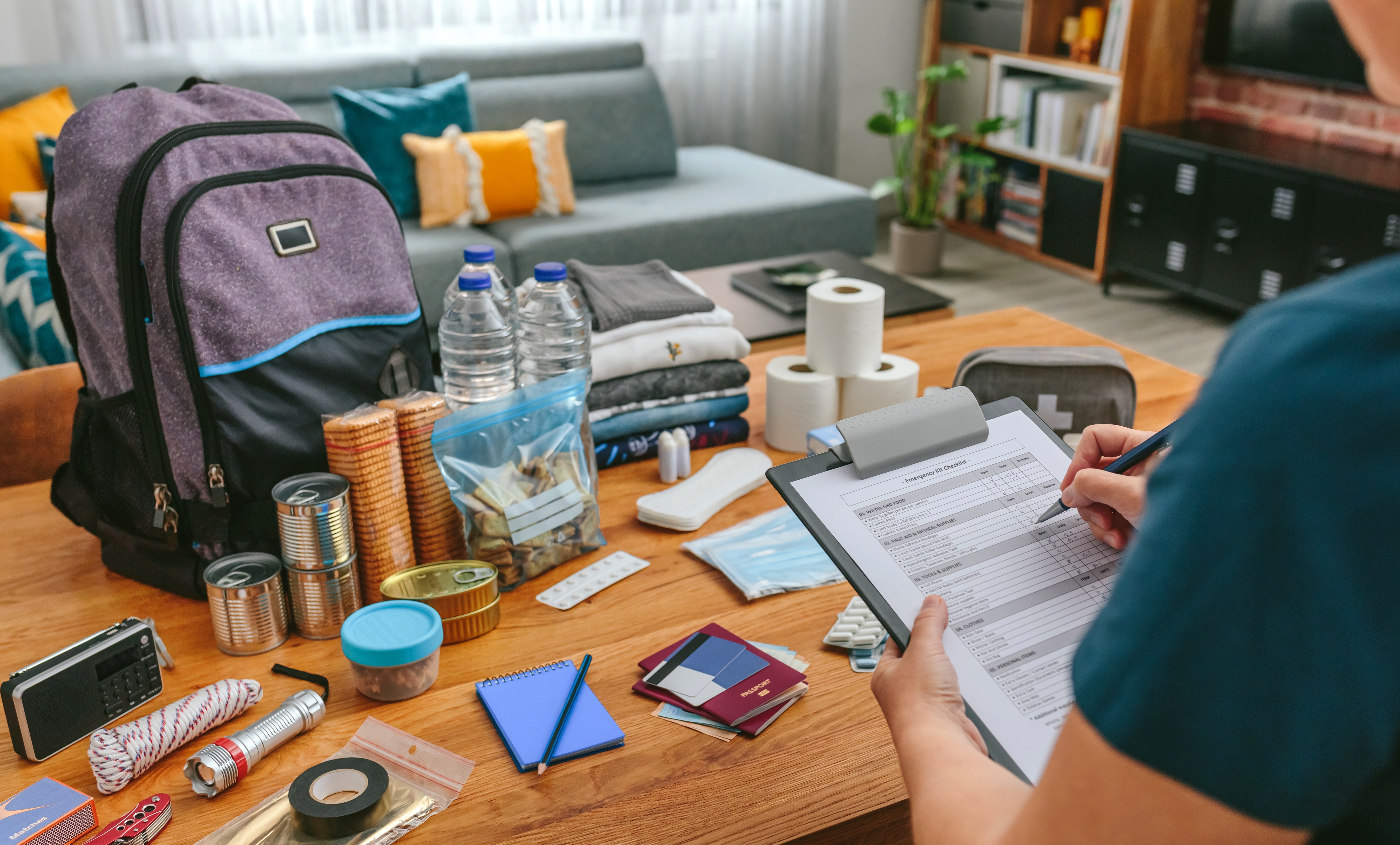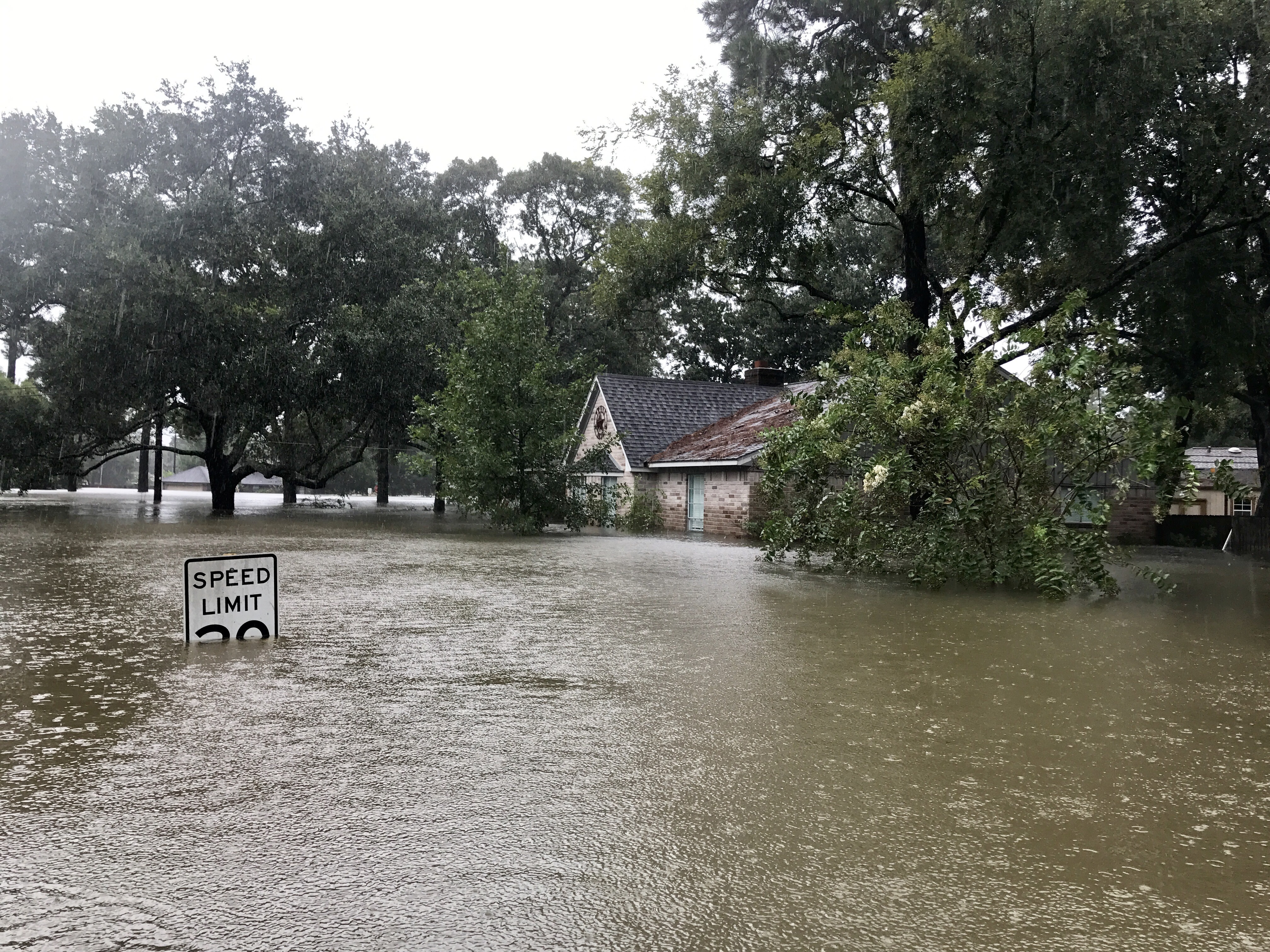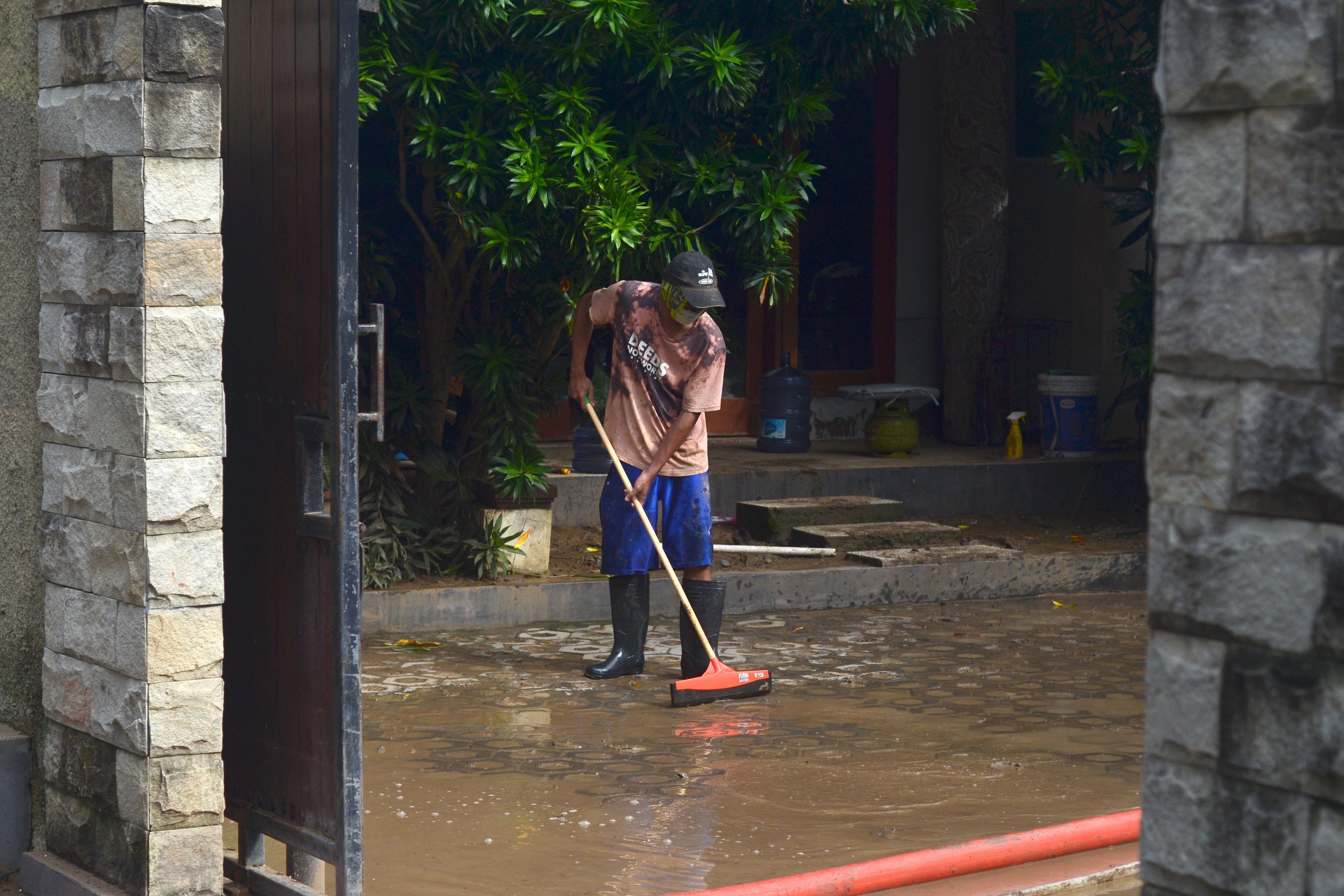
Flooding is a growing concern, often triggered by heavy rainfall worsened by climate change. Those in low-lying or riverside areas are most vulnerable. But understanding the causes and preparing properly can greatly reduce the risks. It's all about being aware of the threats in your area and having a plan.

Flood Forensics
Various natural phenomena such as heavy rainfall, storms, or even tsunamis in coastal regions can lead to flooding. Experts indicate that as global warming continues, we can expect these events to become both more frequent and severe. For example, a single degree Celsius increase in temperature boosts evaporation rates by 7%, leading to heavier rainfalls. Urban environments exacerbate the issue, as concrete and asphalt surfaces prevent water absorption, prolonging surface water retention after floods recede.
Friendly Flood Hacks
For those in flood-prone zones, preparation is key. Stay updated with reliable weather forecasts and stock up on essentials like non-perishable food, medications, and ensure that your home’s drainage systems are clear of debris to prevent water from pooling. Community efforts, such as improving water drainage and planting green spaces, can enhance soil absorption and reduce flooding impacts.

Building an Emergency Kit:
When assembling an emergency bag, organization is key to ensuring that no essential items are forgotten. Here's a checklist to help you pack efficiently:
Official documents: Include registration papers, ID cards, and passports.
Legal and financial documents: Store family contracts, title deeds, gold, money, and other valuables securely.
Health supplies: Pack a first aid kit along with essential medications.
Communication tools: Include important contact numbers, a phone charger, and power banks.
Survival gear: A knife, lighter, flashlight, and strong rope are crucial.
Water purification: Carry clean water and chlorine tablets for safe drinking.
Sanitation items: Hand sanitizer and soap are necessary for maintaining hygiene.
Clothing: Pack dry clothes and extra sides.
Food: Include dry, portable, and lightweight foods for sustenance.
By following this list, you can ensure that your emergency bag contains all the vital items needed in a crisis situation.

Evacuation Protocol:
Evacuating your home is a challenging decision, but when authorities recommend relocation due to flooding, it is critical to act swiftly and move to a designated evacuation site without delay. Floodwaters can rise unexpectedly fast, and delaying your departure could result in being trapped and facing significant risks.
Here are essential steps to follow when evacuating:
Electrical Safety: Turn off all electric lights and appliances to prevent electrical hazards.
Protect Valuables: Elevate items that can be damaged by water to higher places where they are less likely to be affected.
Gas Safety: Ensure that all gas valves are securely closed to prevent leaks.
Communication: Contact local rescue groups to inform them of your location and status.
Emergency Supplies: Always take your emergency bag with you, containing all essential items.
Safe Travel: Avoid driving through flooded areas, as this can be extremely dangerous.
Infrastructure Care: Cover any drain holes to prevent further water ingress and be cautious of potential leaks.
Food Safety: Do not consume food that has come into contact with floodwater.
Water Safety: Only drink water that has been pre-boiled or treated with chlorine.
These precautions can help ensure your safety and that of your family during the critical moments of a flood evacuation.

The Dangers of Insects and Other Creatures During Floods
Flooding not only displaces people but also various creatures, from worms and frogs to potentially poisonous snakes, which may inadvertently find refuge in homes. It’s crucial to take precautions to mitigate the risks posed by these animals. Based on advice from Snake of Myanmar, here are important safety measures to consider:
Foot Protection: Never walk in flooded areas with bare feet. Wearing long rubber boots can provide substantial protection.
Lighting: Always use a strong flashlight when moving around at night, particularly when navigating your yard or flooded areas.
Caution with Debris: Be wary of logs and other objects floating in the water, as they may harbor snakes. Avoid handling them.
Home Inspections: Regularly inspect potential hiding spots for snakes within your home.
Handling Debris: Do not pick up debris with your hands as it may contain snakes or other hazardous animals.
Sleeping Precautions: Securely tuck in mosquito nets around your sleeping area to prevent snakes from getting inside.
Emergency Response: If bitten by a snake, seek medical attention at the nearest hospital immediately.
By adhering to these guidelines, you can significantly reduce the risk of dangerous encounters with wildlife during floods.
 Health Warnings After Floodwaters Recede
Health Warnings After Floodwaters Recede
Following a flood, the receding waters often leave behind a host of health risks, including waterborne illnesses such as fever, diarrhea, and typhoid. Additionally, the increase in stagnant water can lead to a surge in mosquito populations, heightening the risk of vector-borne diseases like malaria and dengue fever. To protect yourself and your family from these health threats, consider the following precautions:
Water Safety: Use only clean water sources for drinking and domestic use. If the purity of water is questionable, boil it before use.
Hygiene Practices: Wash your hands thoroughly with soap and water before eating and after using the restroom.
Food Safety: Ensure all food is cooked thoroughly before consumption. Avoid eating any food that has been in contact with floodwater; dispose of it safely.
Waste Management: Properly dispose of food waste to prevent the spread of disease and deter pests.
Mosquito Control: Eliminate any standing water around your home where mosquitoes could breed. Regularly clean and maintain areas prone to water accumulation.
Personal Protection: To prevent mosquito bites, wear long-sleeved shirts and long pants. Use mosquito nets for sleeping, especially in areas where these diseases are prevalent.
Addressing flood risks requires a community-wide approach. Well before the rainy season, it's essential for communities to reinforce flood defenses, educate on emergency responses, and organize collective preparation efforts. By working together, communities can enhance their resilience, minimize flood damage, and protect lives and properties.By staying informed, prepared, and proactive, we can tackle the challenges posed by flooding more effectively, ensuring our safety and that of our communities




Comments